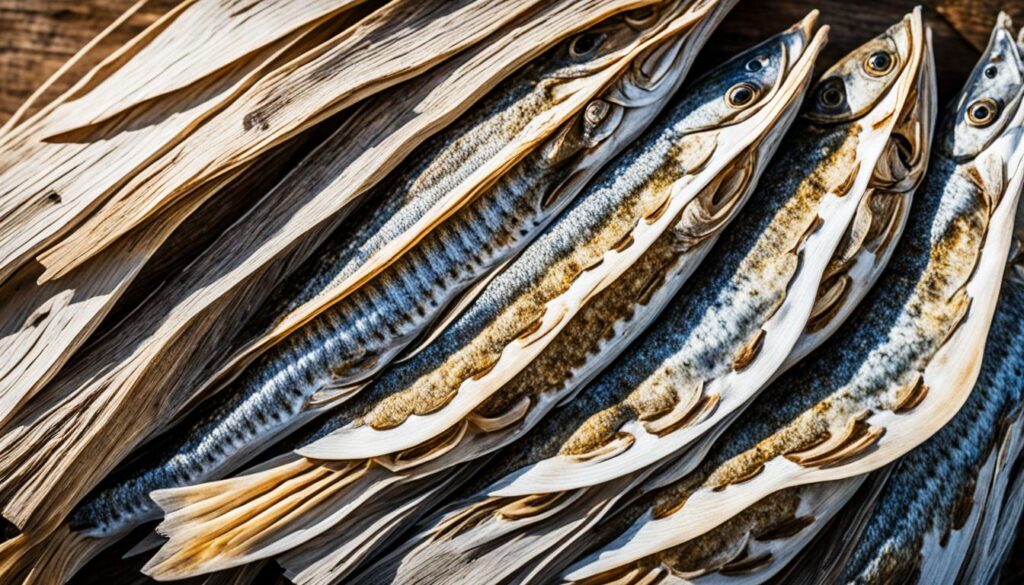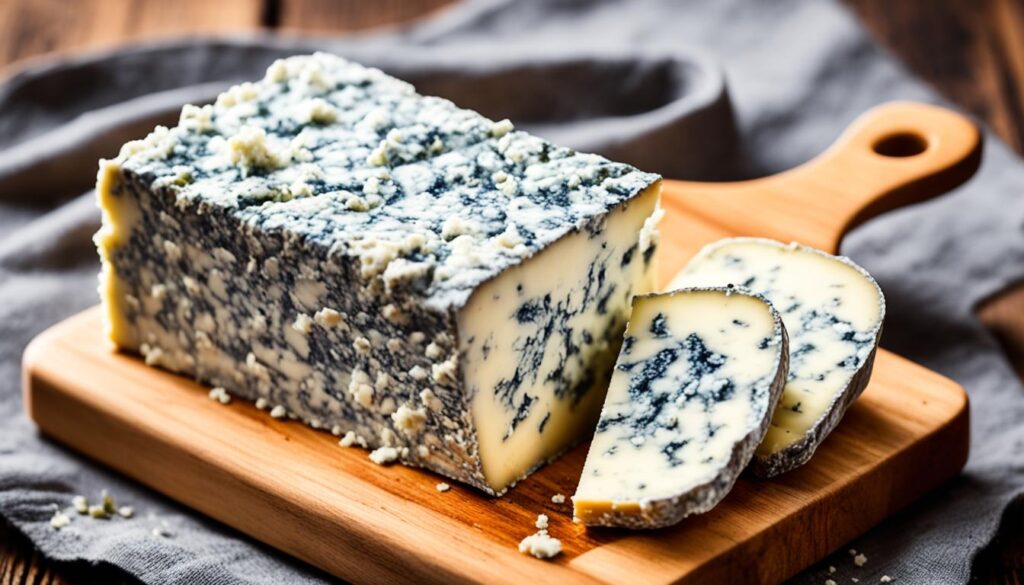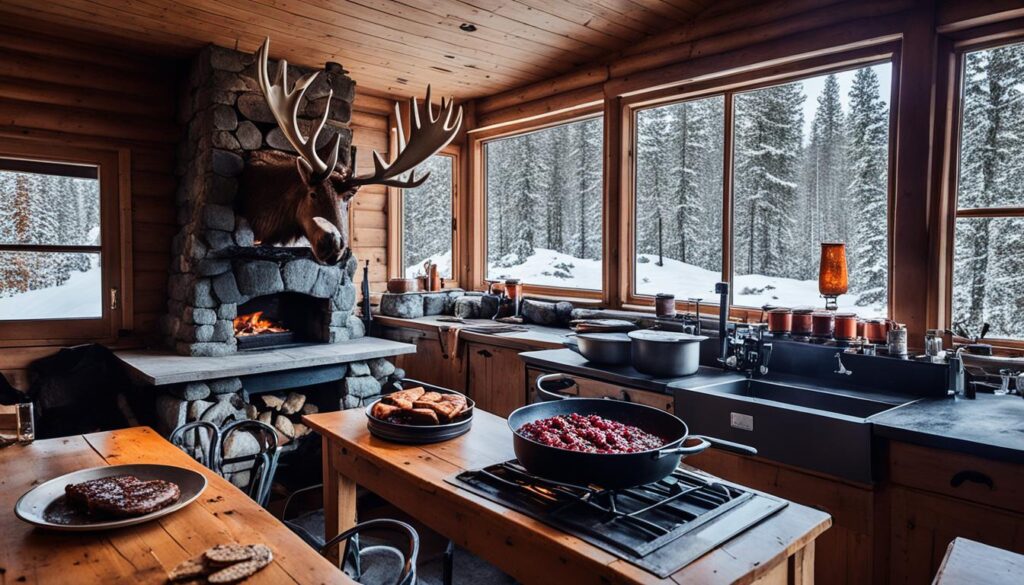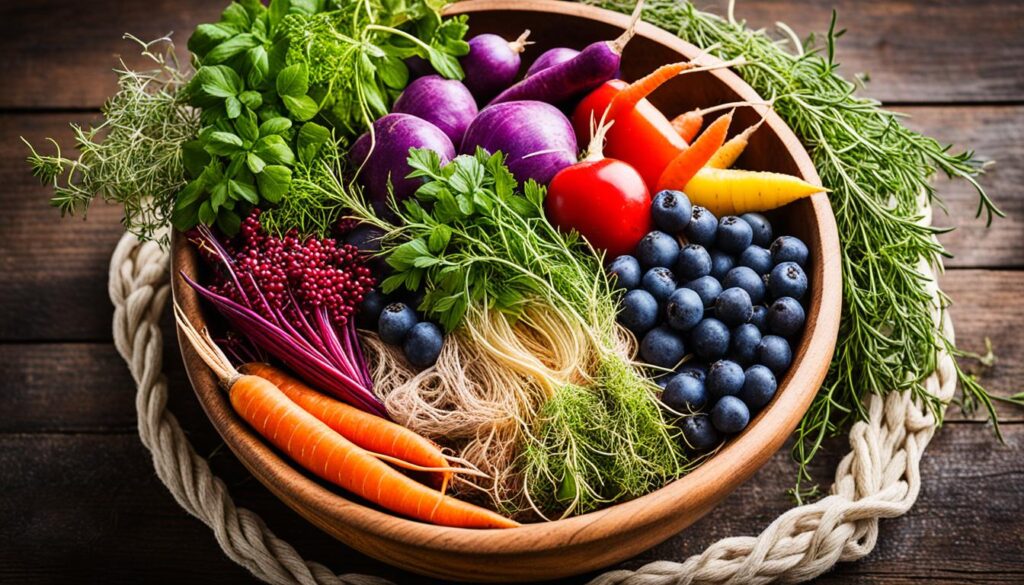When you think of Norwegian cuisine, what comes to mind? Many people may have a limited knowledge of Norwegian food, but it is a country with a rich culinary history that should not be overlooked. Norway’s food culture is deeply rooted in nature, with a reliance on fresh, local ingredients and traditional cooking techniques. In this article, we will explore the best food to try in Norway and discover the unique flavors and experiences that Norwegian cuisine has to offer.
From seafood delicacies to game meats, Norwegian cuisine has something to offer for everyone. Whether you are a foodie looking to indulge in local specialties or a traveler seeking a taste of Norwegian culture, there are countless options to choose from. So, what is the best food to try in Norway? Keep reading to find out!
Norwegian Food Culture and Traditions
When traveling to Norway, understanding their food culture and traditions is an essential aspect of fully experiencing the country’s culinary wonders. Norwegian cuisine is heavily influenced by its natural surroundings and relies heavily on fresh, locally sourced ingredients. This ensures that every bite highlights the authentic flavors of Norway.
Part of Norwegian food culture is the importance of traditional dishes, such as lutefisk, rakfisk, and pinnekjøtt. These dishes exemplify the unique cooking techniques and local ingredients that characterize Norwegian gastronomy.
Traditional Norwegian Dishes
Here are some of the traditional Norwegian dishes that are a must-try during your visit:
| Dish | Ingredients | Description |
|---|---|---|
| Lutefisk | Cod, lye, potatoes, bacon | A dish made by soaking cod in lye, giving it a gelatinous texture. Served with potatoes and bacon. |
| Rakfisk | Fermented trout, bread, potatoes, onions | A dish made by fermenting trout for several months, served on bread with potatoes and onions. |
| Pinnekjøtt | Cured lamb ribs, mashed rutabaga, boiled potatoes | A dish made by curing lamb ribs, served with mashed rutabaga and boiled potatoes. |
Indulging in these dishes is a unique experience that gives you insight into Norway’s food culture and traditions.
Similarly, Norwegian specialties like brunost, geitost, and rakørret offer a unique taste of Norwegian cuisine with their distinct flavors and textures.
So, when visiting Norway, make sure to explore the country’s culinary history by trying traditional Norwegian dishes and specialties.
Seafood Delicacies: From Fjords to Plate
Norway’s long coastline and abundant fjords are not only a feast for the eyes but also a haven for seafood lovers. Norwegian seafood is known for its fresh and delicate flavors and is an essential part of the Norwegian diet.
Norwegian salmon is a staple in the country and is served in different ways. You can taste it marinated, smoked, or prepared fresh with creamy sauces or grilled vegetables. And if you’re an adventurous foodie, try gravlaks, a type of cured salmon, usually served with a side of sweet mustard dill sauce.
Cod is another versatile fish that is a favorite ingredient in Norwegian fish dishes. One of the most popular Norwegian cod dishes is the bacalao. It is a hearty and delicious casserole made with dried and salted cod, onions, garlic, tomatoes, sweet peppers, and olives. It’s a perfect dish to share with friends and family, especially on cold winter evenings.
For a lighter option, Norwegian shrimp is a great choice. You can find them in various dishes like shrimp cocktail, shrimp salad, or served as a side dish with aioli. For an authentic taste of Norwegian shrimp, try them grilled with garlic butter and sprinkled with fresh herbs and lemon juice.
“Norwegian seafood is known for its fresh and delicate flavors and is an essential part of the Norwegian diet”
Scrumptious Smørbrød: The Norwegian Open-Faced Sandwich
When traveling to Norway, one thing you cannot miss is the smørbrød, a beloved traditional Norwegian open-faced sandwich. These sandwiches allow you to indulge in the flavors of Norway while showcasing its rich culinary culture.
The smørbrød is a sandwich that typically consists of a single slice of bread topped with a variety of ingredients such as cured meats, cheeses, pickled herring, and spreads like liver pâté. The sandwich can be served cold, warm, or hot and is often accompanied by a side salad.
To create the ultimate Norwegian smørbrød, it’s all about the toppings. Traditional toppings include smoked salmon, shrimp, tomato, cucumber, and hard-boiled eggs. If you’re feeling adventurous, try toppings such as reindeer meat or brown cheese for a unique and flavorful experience.
One of the most popular smørbrød varieties is the “frokost,” which is typically eaten for breakfast or brunch. This sandwich features boiled eggs, ham, and cheese and is usually accompanied by coffee or tea. It’s a filling and delicious way to start your day in Norway.
When ordering smørbrød, it’s essential to specify if you want “enkel” (simple) or “dobbelt” (double) pieces. One thing to keep in mind is that Norwegian smørbrød is often garnished with colorful decorations such as fruits and vegetables or decorative toothpicks.
Overall, smørbrød is a must-try when visiting Norway. Whether you enjoy it for breakfast, lunch, or dinner, this delectable open-faced sandwich will have your taste buds buzzing. Try different combinations of traditional Norwegian toppings to experience the full range of flavors and smells of Norwegian cuisine.
Tantalizing Tørrfisk: Norwegian Stockfish
When it comes to traditional Norwegian dried cod, tørrfisk, also known as stockfish, takes the cake. The unique delicacy has been enjoyed in Norway for centuries and is still a popular ingredient in many classic dishes, like bacalao.
Made by drying cod in the cold Norwegian air, tørrfisk has a distinct flavor and texture, which sets it apart from other types of fish. Usually served as a snack with a variety of toppings, this delicacy offers a taste of Norway’s rich culinary heritage.
Have a look at the tantalizing image below and imagine how crispy it would taste in your mouth.
“Tørrfisk is one of Norway’s most iconic and authentic dishes. There’s something magical about the drying process that gives the fish its unique flavor and makes it stand out among other types of fish.”
Sweet Treats: Norwegian Desserts and Pastries
As you explore Norwegian cuisine, don’t forget to indulge in traditional Norwegian sweets. Norwegian desserts and pastries offer a delightfully sweet taste of Norwegian culture. Some of the most popular options include:
- Krumkake: A wafer-thin cookie, rolled into a cone shape, and filled with whipped cream. It’s often flavored with vanilla, cardamom, or cinnamon and is a favorite during Christmas time.
- Lefse: A soft, thin, flatbread similar to a tortilla, made with potatoes, flour, and cream. It’s often served warm with melted butter, brown sugar, and cinnamon.
- Riskrem: A creamy rice pudding served with sweetened whipped cream, and often topped with a red berry sauce. It’s a popular dessert all year round in Norway.
And if you visit Norwegian bakeries, make sure to try some of the most beloved Norwegian pastries, such as:
- Skillingsboller: Norway’s version of cinnamon rolls, these fluffy pastries are filled with cinnamon and sugar, often topped with pearl sugar and slivered almonds.
- Fastelavnsboller: Soft buns filled with jam or cream and topped with confectioners’ sugar or icing. They are traditionally eaten on Fastelavn, the Norwegian version of Carnival, in February or March.
“Norwegian desserts and pastries offer a delightfully sweet taste of Norwegian culture.”
Norwegian Cheeses: A Delight for Cheese Lovers
If you’re a cheese lover, you’ll be delighted to know that Norway has a variety of cheeses that are worth trying. The cheeses are made from high-quality ingredients and offer a rich, unique flavor that sets them apart from other cheeses.
Traditional Norwegian Cheeses
The most popular traditional Norwegian cheeses are:
| Cheese Name | Type | Flavor |
|---|---|---|
| Jarlsberg | Semi-hard cheese | Mild and creamy |
| Gudbrandsdalsost | Brown cheese | Sweet and caramelized |
| Norwegian Brown Cheese | Brown cheese | Sweet and tangy |
Each cheese has its unique flavor and texture, and you should sample them all to find your favorite.
Norwegian Blue Cheese
A standout among Norwegian cheeses is Norwegian blue cheese. Made from cow’s milk, it has a bold, pungent flavor that sets it apart from other blue cheeses. It’s an excellent addition to a cheese plate and pairs well with red wine or a fruity beer.
Whether you enjoy it on its own or as part of a meal, Norwegian cheese is a delicious treat that everyone should try when visiting Norway. Enjoy it with traditional Norwegian flatbread or pair it with a glass of wine for an authentic Norwegian experience.
Game Meats and Outdoor Delights
Norway’s vast wilderness is known for its game meats, and reindeer and elk are two of the most popular. These meats are usually prepared in hearty stews or grilled to perfection, allowing you to experience the rich, savory flavor of Norwegian outdoor cuisine.
The tradition of hunting and foraging in the Norwegian countryside means that game meats are often a staple of Norwegian cuisine. The reindeer, in particular, is often used in dishes like reindeer stew or cured reindeer meat. Elk, on the other hand, is perfect for grilling and can be enjoyed with a side of lingonberry sauce or other Nordic condiments.
Exploring the outdoor cuisine of Norway is not just about the meat, either. You can also try wild berries and mushrooms that are only found in the Norwegian wilderness. These flavorful ingredients have been used in traditional Norwegian cooking for hundreds of years, and continue to be an important part of the country’s culinary heritage today.
Local Ingredients and Sustainable Cuisine
In Norway, local ingredients drive traditional cuisine and highlight the country’s natural resources. Norwegian local ingredients such as wild berries, mushrooms, lamb, root vegetables and fresh seafood provide a deep and unique connection to the local environment, and support the idea of sustainable Norwegian cuisine.
To support local farmers and businesses, many restaurants and markets source their ingredients locally, ensuring that only the freshest and highest-quality ingredients are used in traditional Norwegian cooking. Eating locally grown, seasonal produce means that each dish has a flavor and nuance that is not found in mass-produced food.
Sustainable Practices
Traditional Norwegian cooking methods are known for their sustainable practices, such as preserving fish in salt and drying it in air. These techniques not only extend the shelf life of the fish but are also more energy-efficient than other preservation methods. Supporting restaurants and markets that focus on sustainable practices allows you to enjoy delicious meals while feeling good about your impact on the environment.
Supporting the Community
When you eat local and support sustainable practices, you are also supporting the local community. By enjoying traditional Norwegian cuisine made with local ingredients, you are preserving the traditions and culture of Norway while helping to sustain local businesses and farmers.
Conclusion
Now that you’ve explored the culinary delights of Norway, you’re ready to embark on a gastronomic journey like no other. From traditional Norwegian dishes to unique delicacies, Norwegian cuisine offers a range of flavors and experiences that are worth trying.
Don’t be afraid to indulge in the seafood delicacies that Norway has to offer, including Norwegian salmon, cod, herring, and shrimp. Try the smørbrød, a traditional Norwegian open-faced sandwich piled high with a variety of toppings, or tantalize your taste buds with the unique flavor of tørrfisk, the dried cod.
And of course, no culinary journey in Norway is complete without indulging in some sweet treats like krumkake, lefse, and skillingsboller. Pair them with a variety of Norwegian cheeses, both mild and creamy or pungent and distinctive.
By embracing the sustainable aspect of Norwegian cuisine and supporting local farmers, you’ll not only experience the freshest ingredients but also support the country’s unique food culture and traditions.
So what are you waiting for? Book that trip to Norway and discover the must-try Norwegian food that will leave you craving for more.




















































